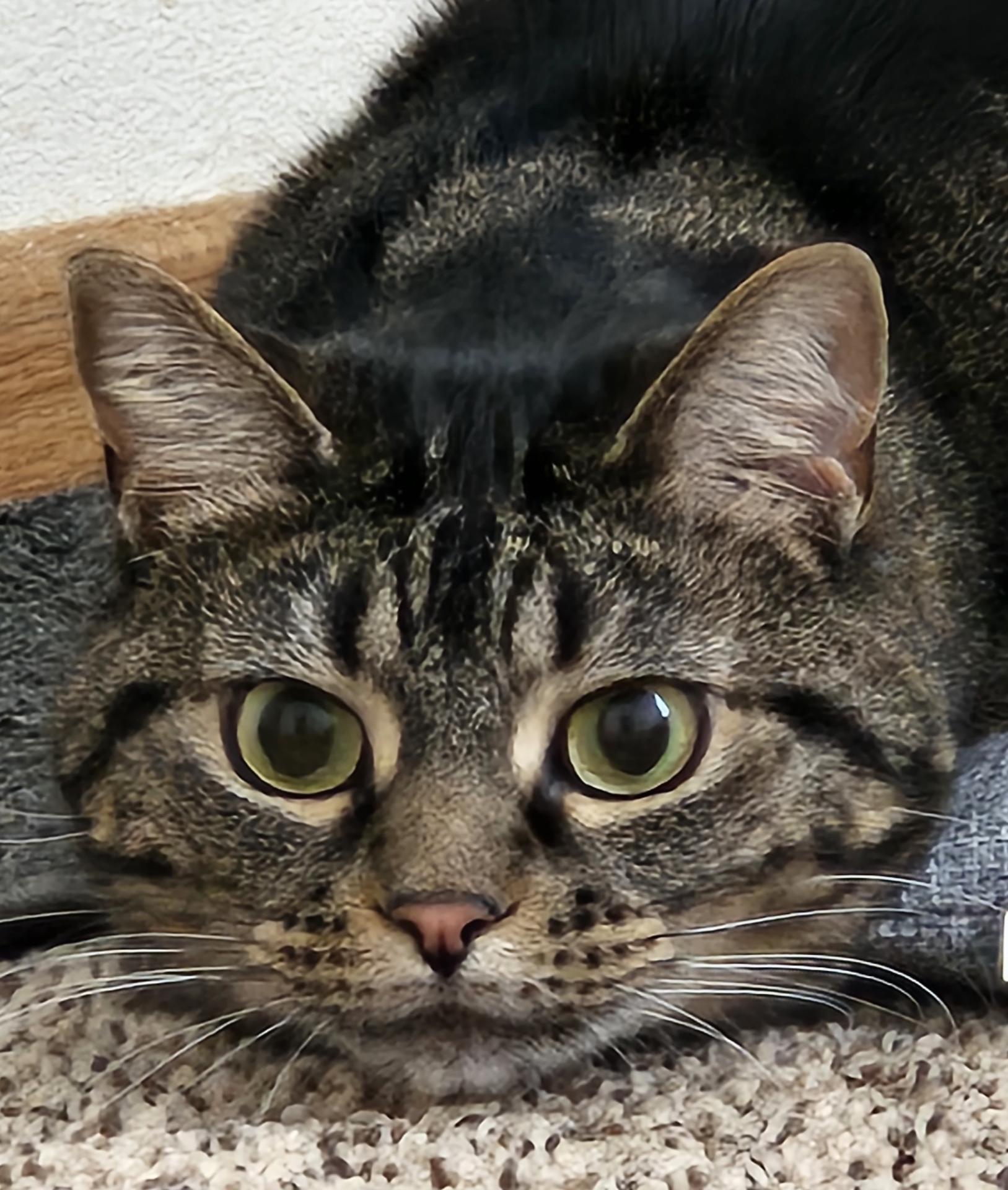At The Hometown Veterinarian, Every Surgery is a Laser Surgery
Since 1999, Dr. Grant Jacobson has been using lasers to improve the lives of his veterinary patients. He has become an advocate for their use in veterinary surgery. Laser surgery is a breakthrough that allows surgeons to perform very precise procedures with minimal blood loss, less post-operative swelling, and decreased pain when compared to traditional scalpels. Our CO2 surgical lasers allow us to more easily perform many procedures and even enables us to successfully perform many surgeries that are just not practical with traditional methods. Research proves that CO2 laser vs a scalpel reduces pain, inflammation, and the amount of anesthetic drugs needed for anesthesia. Dr. Jacobson is so convinced of the benefits of laser surgery that he insists laser is used on every surgery performed at our hospital.
LASER stands for Light Amplification by Stimulated Emission of Radiation. A laser produces highly focused beams of light. These rays can vary in power and are used in many everyday devices such as DVD players and laser pointers. A CO2 surgical laser uses a highly focused laser beam to precisely vaporize tissue. When doing this, it seals nerve endings, lymphatics, and small blood vessels. CO2 surgical lasers have been used since the 1960's and are used widely in both human and veterinary medicine.
How laser surgery helps our animal patients
Less Pain: In Dr. Jacobson's opinion, the dramatic difference in post-surgery pain vs traditional surgery was reason enough to never use a scalpel again on an animal. The CO2 laser seals nerve endings as it cuts. This results in reduced pain. Animals have a much more comfortable post-surgery recovery. One veterinarian in our hospital observed that, "Our patients don't wake up screaming like they do in other places that I have worked." Put simply, why would anyone want their pet to be in more pain?
Less Bleeding: When a laser cuts, it seals small blood vessels. This reduction in blood loss increases safety as well as allows many new surgical procedures that were never-before possible.
Less Swelling: Surgical lasers seal lymphatics. By sealing lymphatic vessels, there is less edema. This means less uncomfortable swelling after surgery.
Lower Risk of Infection: When the beam of a CO2 laser interacts with tissues, it has a sterilizing effect. It effectively kills bacteria in its path. No instrument is rubbed along an incision, instead a laser light beam does the cutting without a physical object touching the incision site.
Laser Precision: Laser cuts at a cellular layer. The beam can be adjusted to a fraction of a millimeter in diameter to remove only once cell layer at a time. Tissue trauma is very controllable and can be kept to an absolute minimum.
Quicker Recovery Time: Less pain, less bleeding, less swelling, lower risk of infection, and greater precision typically mean that animals will experience a much quicker recovery after surgery.
